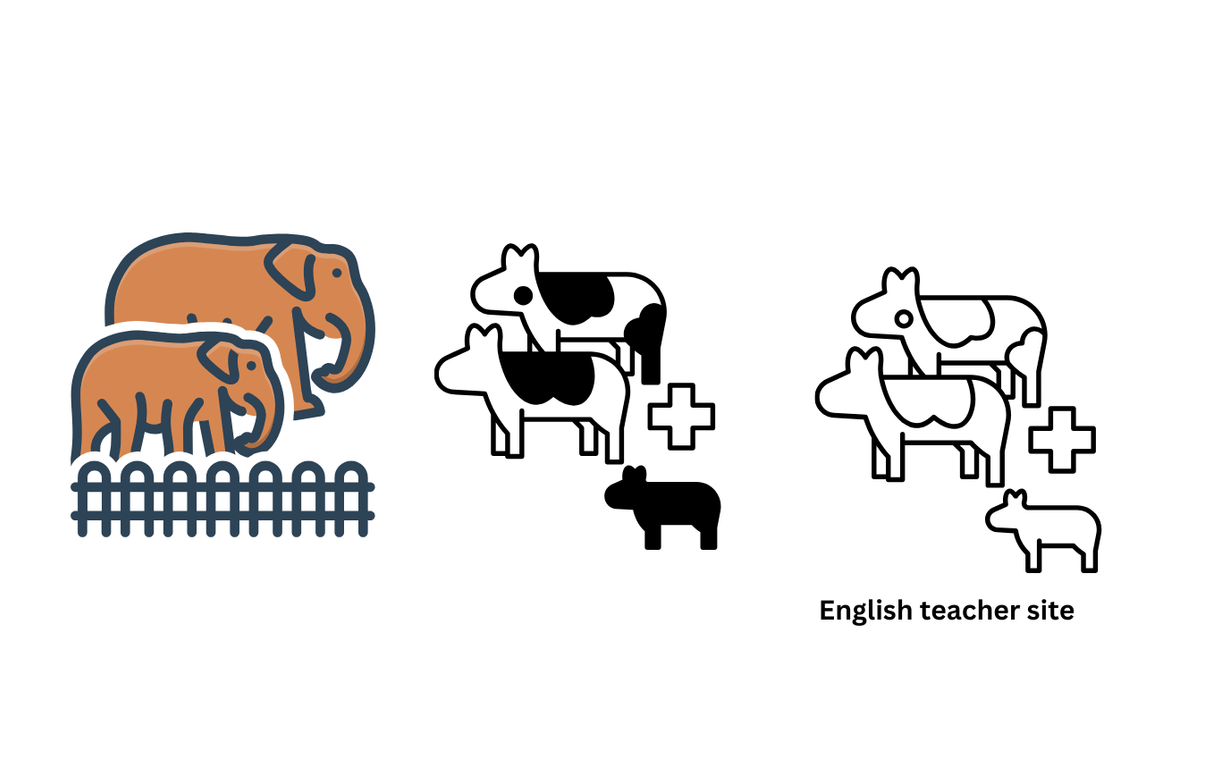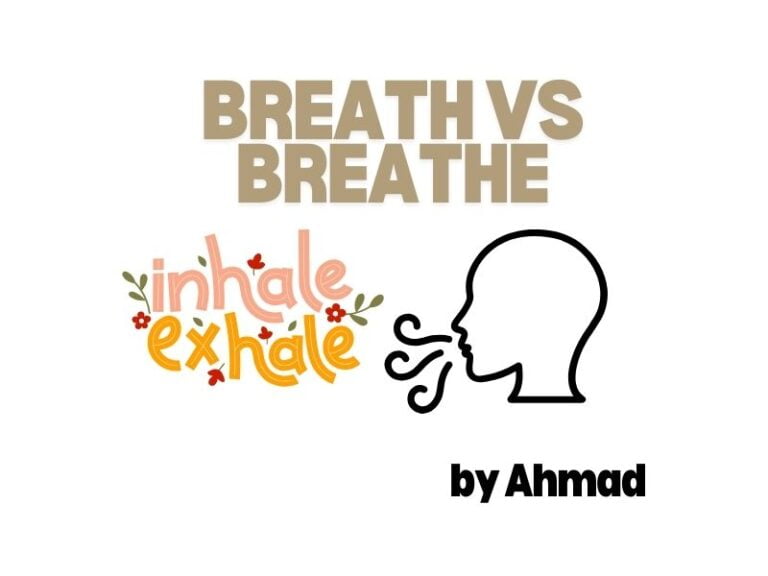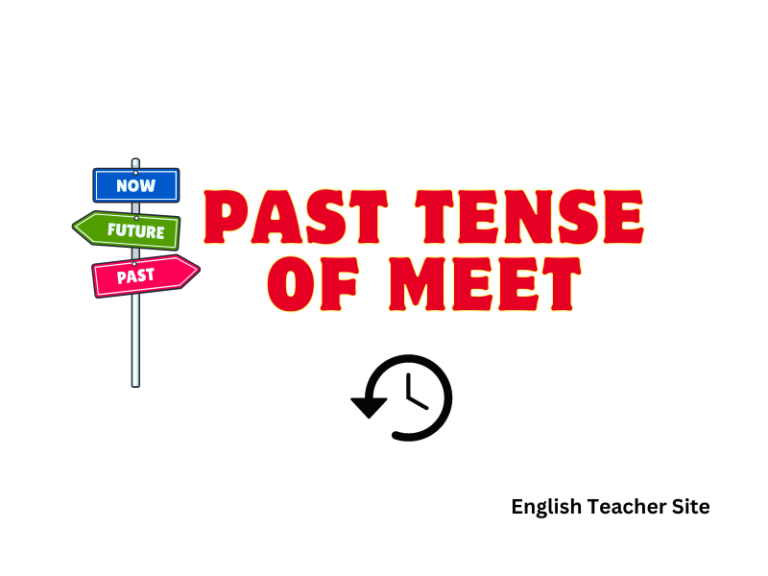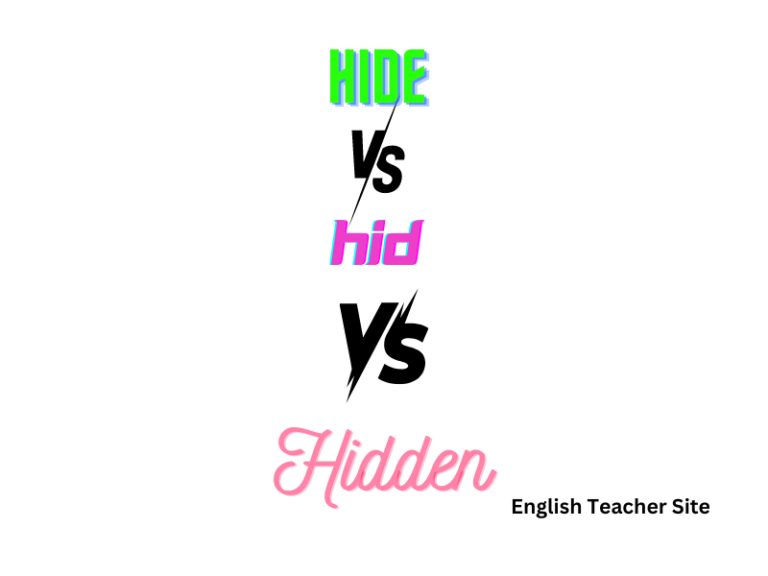Is It Breeded or Bred: Understanding the Correct Past Tense of Breed

- “Bred” is the correct past tense and past participle form of “breed.”
- “Breed” is an irregular verb, not following the standard pattern of forming past tense by adding ‘-ed.’
- Proper use of “bred” indicates the action of reproduction or cultivation in the past.
The past tense of “breed” is “bred,” not “breeded.” This also applies to the past participle form. Understanding the correct tense is important for accurately conveying the action of reproduction or the process of cultivating desirable characteristics in animals, plants, or other types of entities. When discussing the breeding that has occurred in the past, one must always opt for “bred.” Grammatical precision is essential when it comes to the nuances of language, and using “bred” correctly demonstrates a command of English verb conjugations.
Understanding Verb Tense
In English grammar, verb tenses are critical for expressing the timing of actions.
Two key categories to focus on are regular and irregular verbs, which follow different rules when forming the past tense.
The Past Tense in English
The past tense in English is used to describe actions or events that have already occurred. Verbs in the past tense often end in -ed, but not always, as is the case with irregular verbs. Different past tense forms include the simple past, past perfect, and others.
- Simple Past: This is used for actions completed at a specific time in the past.
- Past Perfect: This tense discusses an action that was completed before another took place.
Here is a table of examples that illustrate these concepts:
| Tense | Function | Example |
|---|---|---|
| Simple Past | Indicates a completed action at a specific past time. | She laughed yesterday. |
| Past Perfect | Describes an action that was completed before another. | They had finished before it started raining. |
Regular Vs. Irregular Verbs
The differentiation between regular and irregular verbs is central to forming the past tense. Here’s a quick guide:
- Regular Verbs: Add -ed to the base form to create the past tense.
- Irregular Verbs: Change in various ways, without a definitive pattern.
The following table contrasts regular and irregular verb formation:
| Verb Type | Formation | Base Form | Past Tense | Past Participle |
|---|---|---|---|---|
| Regular | Base form + -ed | want | wanted | wanted |
| Irregular | Various changes | go | went | gone |
The verb “to breed” is an irregular verb. Its past tense form is “bred,” not “breeded.” Understanding the differences between these verbs is essential for mastering English tenses.
The Verb ‘Breed’ Explained
When discussing the verb “breed,” it’s essential to understand its correct forms in different tenses, which is particularly important for those studying English grammar or looking to master language usage.
Present and Past Forms of ‘Breed’
The verb “breed” falls into the category of irregular verbs in English; hence, it does not follow a consistent pattern in its past forms like regular verbs do.
| Tense | Verb Form |
|---|---|
| Present Simple | breeds |
| Present Continuous | breeding |
| Simple Past | bred |
| Past Perfect | had bred |
| Present Perfect | has bred |
| Past Participle Form | bred |
In the table above, the base form ‘breed’ is used in the present tense for actions that are habitual or general. When the subject is singular and third-person, the conjugation ‘breeds’ is used, as in “The farmer breeds cattle.” The ongoing action of breeding is expressed as ‘breeding’ in progressive tenses.
Correct Use of ‘Bred’ and ‘Breeded’
When it comes to the past tense of ‘breed,’ only ‘bred’ is correct; the form ‘breeded’ is not used in standard English. Below are bullet points that emphasize the correct usage:
- ‘Bred’ is both the simple past form and the past participle form of the verb ‘breed.’
- The word ‘breeded’ does not exist within the modern English conjugation system and should not be used.
To further illustrate the correct use, consider the following examples:
- Simple Past: “The scientist bred a new variety of rose.”
- Present Perfect: “They have bred many champions over the years.”
- Past Perfect: “She had bred several prize-winning dogs before retiring.”
Using ‘breed’ and its other forms correctly conveys precision in language and demonstrates a solid understanding of English verb conjugation.
Conjugating ‘Breed’ in Different Contexts
This section explores the proper conjugation of ‘breed’ in the simple past and past participle forms as well as its use in the present perfect and past perfect tenses.
Simple Past and Past Participle
In the context of conjugation, ‘breed’ presents as an irregular verb. This means its simple past and past participle forms do not follow the regular pattern of adding ‘-ed’ to the base form.
| Base Form | Simple Past Tense | Past Participle |
|---|---|---|
| breed | bred | bred |
When discussing breeding in the past, one should use the following constructions:
- Simple Past: “The farmer bred rabbits for the local fair.”
- Past Participle: “The selectively bred plants were more resistant to pests.”
The irregular form ‘bred’ is consistent across both the simple past and past participle.
Present Perfect and Past Perfect Uses
The conjugation of ‘breed’ in perfect tenses requires the use of auxiliary verbs ‘have’ and ‘had’ for present perfect and past perfect tenses, respectively, followed by the past participle ‘bred.’
| Present Perfect Tense | Past Perfect Tense |
|---|---|
| have/has bred | had bred |
These tenses are utilized as follows:
Present Perfect: This tense is used when referring to actions that have an impact on the present moment or when an action happened at an unspecified time before now.
- “The scientist has bred a new strain of drought-resistant wheat.”
Past Perfect: This tense is used to emphasize that an action was completed before another action in the past.
- “By the time the exhibit opened, the zoo had already bred several endangered species.”
In summary, the verb ‘breed’ transforms to ‘bred’ for both the simple past and past participle forms. When speaking of breeding in the present perfect or past perfect contexts, ‘bred’ combines with the appropriate auxiliary verb to construct the correct tense.
Grammatical Considerations for ‘Breed’
When discussing the correct grammatical usage of the verb ‘breed,’ it is important to understand its past tense form and the context in which it is used. The verb ‘breed’ takes the past tense form ‘bred,’ not ‘breeded.’ The distinction lies in its use as both a transitive and an intransitive verb, affecting sentence structure and meaning.
Transitive vs. Intransitive Use
Transitive Usage:
- Definition: When ‘breed’ is used transitively, it requires a direct object.
- Verb Forms: Simplified, the structure is Subject + Verb + Direct Object.
- Examples:
- The farmer bred the cows. (‘cows’ is the direct object.)
| Present | Past Tense | Past Participle |
|---|---|---|
| breed | bred | bred |
Intransitive Usage:
Definition: In intransitive use, ‘breed’ does not take a direct object.
Examples:
The bacteria can breed quickly in these conditions. (No direct object is present.)
Pronunciation and Communication:
Pronunciation of ‘bred’ is straightforward, with a short “e” sound, as in ‘red.’
Practice Exercises for Mastery
Bullet-points for practice exercises can help solidify one’s understanding and correct use of the past tense ‘bred’ through repetitive learning and communication enhancement:
- Fill in the blanks with ‘bred’ or ‘breeds’ in sentences.
- Rewrite sentences changing the tense from present to past.
- Correct sentences where ‘breed’ has been incorrectly used.
| Exercise | Description |
|---|---|
| 1. | Fill in the blank: The horse ___ for speed. |
| 2. | Change tense: She breeds dogs -> She ___ dogs. |
| 3. | Identify error: He has breeded racing pigeons. |
Make sure to pronounce properly and use in both transitive and intransitive contexts to enhance communication skills.
Historical and Etymological Origins
As we explore the past tense of the word “breed,” it’s crucial to understand its historical and etymological roots. This insight will elucidate how language evolves and clarify why “bred” is the correct past tense form, not “breeded.”
The Evolution of ‘Breed’
The English verb “breed” bears a rich history, tracing its linguistic lineage to Old English. Its past and past participle forms have a straightforward yet historically grounded construction that deviates from the regular ‘ed’ suffix pattern seen in many other English verbs.
- Origin: The verb “breed” is sourced from Old English “brēdan”, meaning to brood, cherish, or nurture.
- Old English: In its Old English form, the term “brēdan” already encapsulated the concept of reproduction and care.
Table 1: Evolution of ‘Breed’
| Era | Word | Meaning |
|---|---|---|
| Old English | brēdan | To brood, cherish, nurture |
| Middle English | breden | To procreate, nurture, train |
| Early Modern English | breede | Inflectional form indicating past action |
| Modern English | bred | Established past and past participle |
In this linguistic journey, “breed” remained consistent in its semantic field but simplified in form, resonating with its etymology. From “brēdan,” which carried the connotation of warmth, protection, and development, we now have the modern “breed” with “bred” as its past form.
- English Verb:
- The word “brod”, a historical variant, relates closely to “breed” and provides insight into its past tense formation.
- Unlike regular verbs that append -ed to the base form, “breed” is irregular, hence “bred” as its past tense.
Table 2: Regular vs Irregular Verbs
| Verb Type | Base Form | Past Tense | Past Participle |
|---|---|---|---|
| Regular | dream | dreamed | dreamed |
| Irregular | breed | bred | bred |
As seen, “breed” follows the pattern of irregular verb conjugation, distinguishing it from verbs that conform to the regular “-ed” or “-d” suffix pattern.
To fully grasp the past tense of “breed,” one must recognize that irregular verbs like “breed” are not outliers but preserve the fabric of the language’s historical tapestry. They reflect linguistic evolution from Old English to the present, with “bred” being a testament to the richness of English verb conjugation.
Modern Usage and Variations
When approaching the past tense of “breed,” clarity and consistency are paramount. Modern usage has settled on a particular form, which is used across varieties of English, with subtle variations in terms of pronunciation or additional meanings for new types of “breeds.”
Differences Between British and American English
| British English | American English |
|---|---|
| “bred” (simple past and past participle) | “bred” (simple past and past participle) |
| Pronunciation may vary slightly | Pronunciation may vary slightly |
The past tense and past participle form of “breed” is “bred” in both British English and American English, despite any nuances in pronunciation.
It’s important to note that the -ed ending for regular verbs in the past simple does not apply to the word “breed,” even though it is the standard for most other verbs in English. For example, “walk” becomes “walked.” However, “breed” is an irregular verb, which means it doesn’t follow this common pattern. The passive voice is also formed with “bred,” as in “The dogs were bred by a professional breeder.”
New Definitions and Breeds
- New Breed Definitions:
- Kind and variety have taken on specific connotations in breeding terminology.
- A new “strain” or “ilk” signifies a slightly modified gene pool within a recognized breed.
- Zoo and Land Examples:
- Zoological breeding programs may often reference new breeds, highlighting conservation efforts.
- Agricultural breeding programs may focus on developing breeds for particular types of land or climate conditions.
My name is Khamis Maiouf. I am the creator of the English Teacher Site, dedicated to providing valuable resources and insights for students around the world. With a passion for education and a commitment to helping students enhance their skills, I aim to make English teaching more effective and enjoyable for both educators and students.






